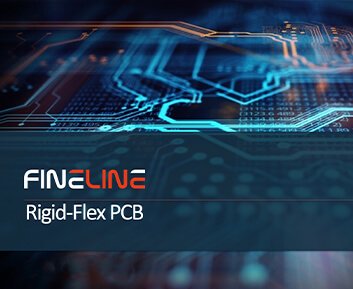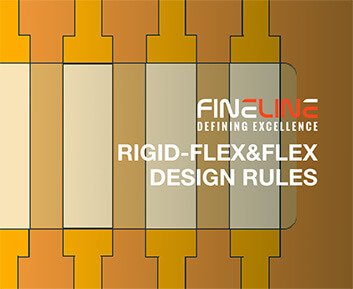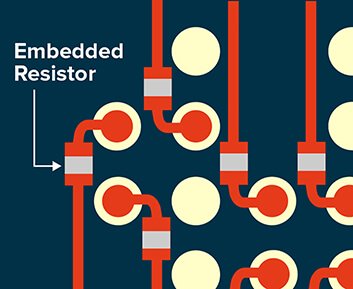What is Bow and Twist in PCB?
If you work with Printed Circuit Boards you may have heard the term bow and twist, but what does it mean?
Bow occurs when all four corners of the PCB are on one plane and despite this, the printed circuit board exhibits bending in the longitude or transverse direction.
Twist is when 3 of the corners are on the same plane, whereas the fourth corner rises away from the plane.
If possible, Printed Circuit Board manufacturers want their PCBs to be perfectly flat. If not, they will be rendered unfit for the market. Irregularities in the PCB assembly process, such as un even copper distribution, are what cause the boards to warp.
IPC have set out limitations on the maximum bow and twist a PCB may have (IPC-A-600). Upon the PCB boards manufacturing process, the PCB is subject to physical measurement and percentage calculation to ensure its not over the limit for either bow, twist, or both (IPC-TM-650).

How to prevent PCB Bow and Twist?
In order to prevent their PCBs from being unfit, PCB Manufacturers have to pay attention to the production of the multilayer PCB, and have measures they take in order to prevent bow and twist.
Check out our full PCB Bow and Twist Guide.









